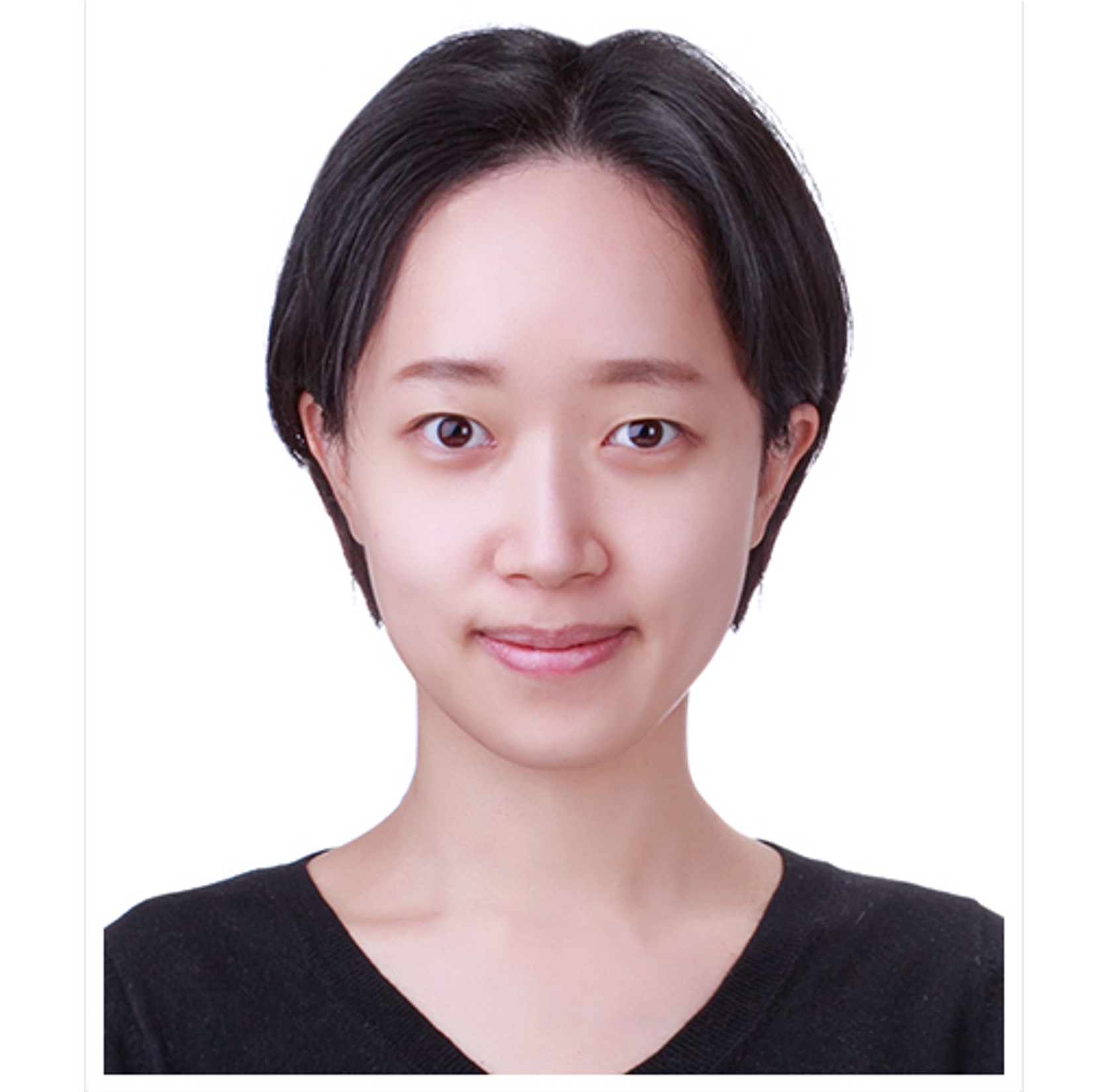(Re)Routing my way to defense
Published:
I still remember a conversation with my advisor during my Master’s program. I had just finished reading Love Enough and said, “This novel needs a map.” The emotional and spatial landscapes felt inseparable, and I believed visualizing them geographically would offer new insight. But at the time, I was told mapping literature wasn’t a “scholarly” approach.
So instead, I wrote on What We All Long For, another novel by Dionne Brand, whose works I deeply admire and cherish. I always return and turn to her novels, as they remind me why I set out on this path to study literature and culture.
Years later, as a PhD student, I returned to Love Enough, and it became part of my dissertation after all.
While I no longer focus on ArcGIS or mapping per se, that early intuition shaped my methodology. I now explore literary texts through systematic and comparative approaches and have become more and more comfortable experimenting with different ways of reading and writing something I’ve grown very proud of.
